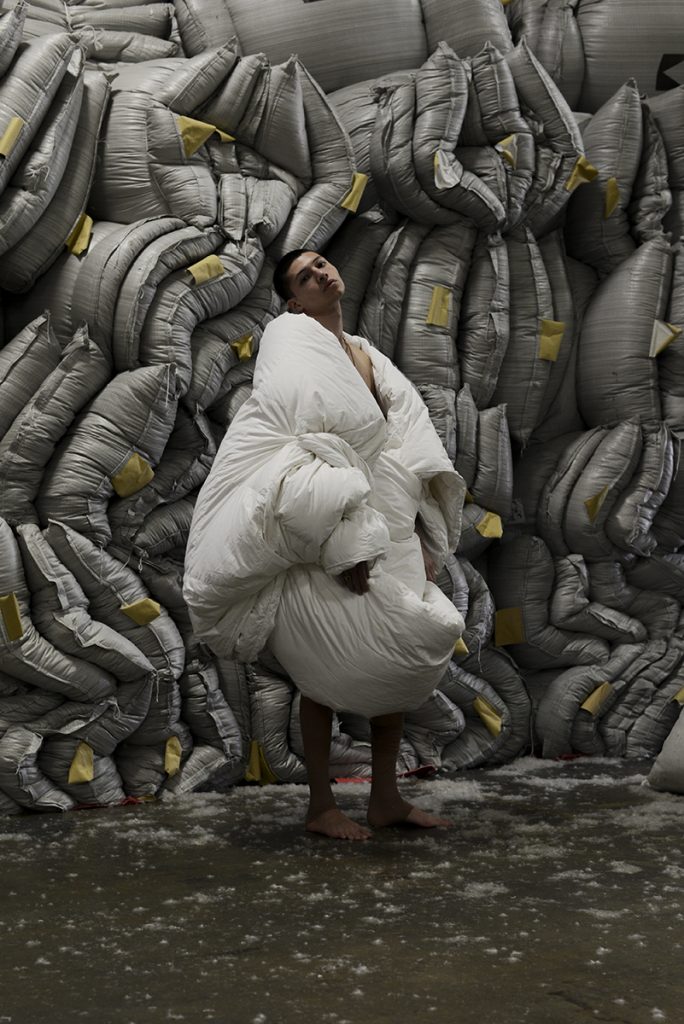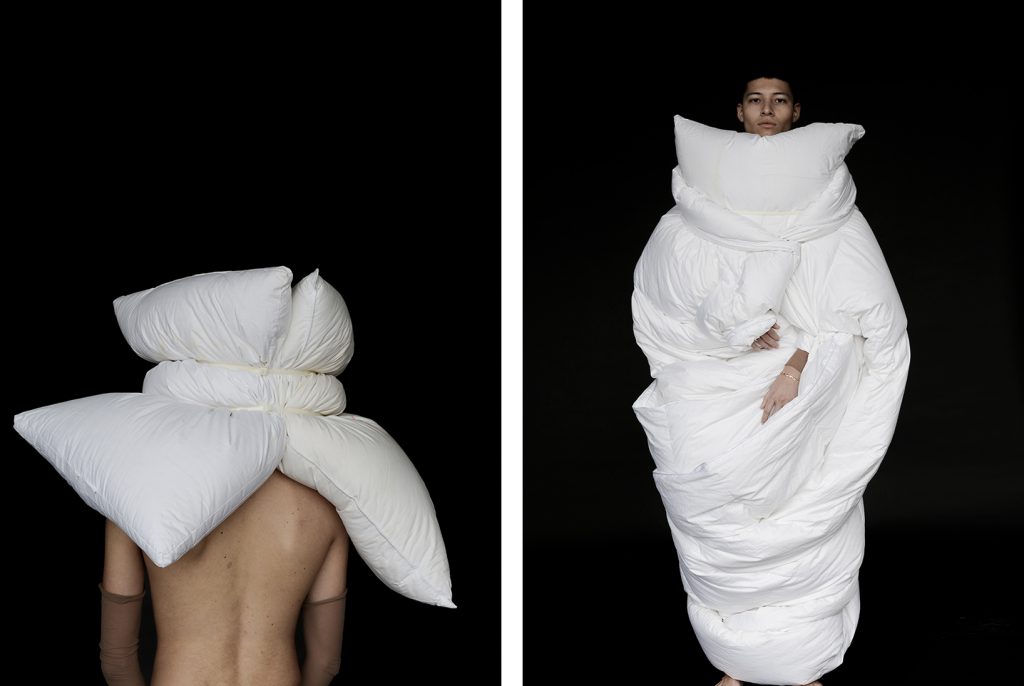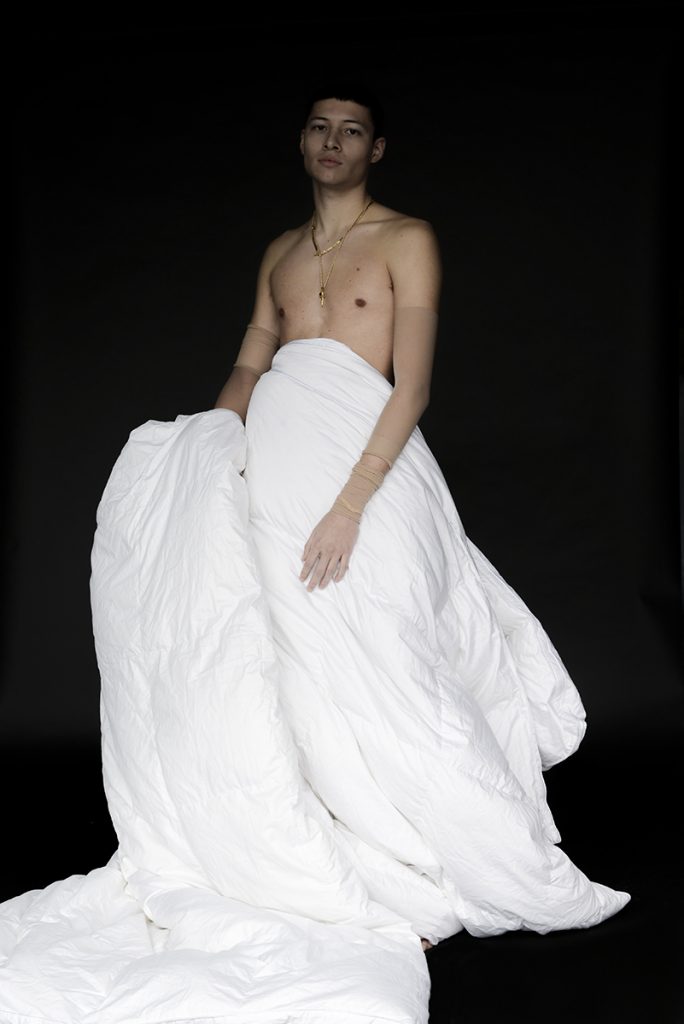Down has been utilized for centuries as insulation or padding for bedding—a commodity on the historic trade routes as far back as 1600. Over time, it became a necessity in colder regions of the world and a status symbol in others, always highly coveted for the warmth and comfort it could provide.
In modern times, the bedding industry was the main consumer of down, available as a by-product of the meat industry coming primarily from Eastern Europe and China. Yet even as the need and demand increased globally, down still remained a hidden resource, cloaked behind beautiful fabrics, its source a mystery to most. At best, it was marketed as a generic ingredient, hidden inside your jacket or sleeping bag and known only by a “fill power” perhaps printed somewhere on the product, hangtag or packaging.

But down is actually one of the most misunderstood and sustainable insulations in use today. The supply chain is notoriously complex, difficult to track and, as with any animal byproduct, incredibly important to understand the source and ensure traceability throughout the entire chain.
Seeing as down is often collected in remote, rural regions, in order to facilitate and improve documented ethical farming practices, ALLIED Feather & Down went so far as to teach those who collected the material how to read and write. Now they can fill out the proper paperwork, and we can confidently know where all material is coming from and audit for animal welfare accordingly.

Following years of work done within the industry by brands like The North Face and ALLIED Feather & Down, global certifications and processes have been developed to ensure the responsible sourcing and collection of the raw material. With these new certifications, it becomes possible to rethink how we engage with down.
The overall quality can also be drastically altered in how the material is processed and handled. When handled responsibly, it provides apparel, home and hospitality industries perhaps the most environmentally friendly insulation solution.

As down emerges from within and consumers can learn more about the complexities of the insulation they rely on, we can make more informed decisions from both a sustainability and performance perspective.
Apparel designers, brands and the media can also rethink how we all talk about down and how it has been used, taking what is effectively the world’s oldest insulation and bringing it to the next iteration of what is possible in sustainability, comfort, fashion and warmth.
XX Allied Feather & Down. Photos by Yudo Kurita.
For a list of brands using ALLIED traceable down, visit trackmydown.com/partners.html. Together, we can create synergy and affect greater environmental, social and political change. This story originally appeared in RANGE Magazine Issue 11: Origins. Buy your copy HERE.
